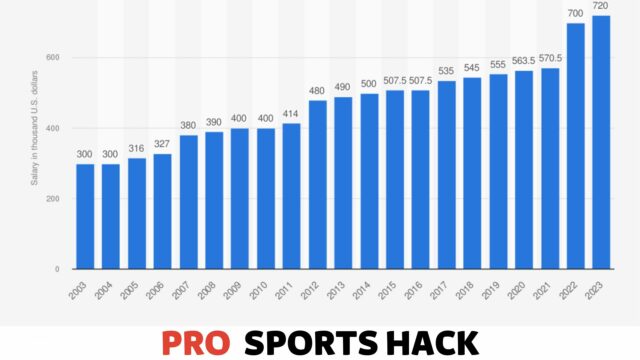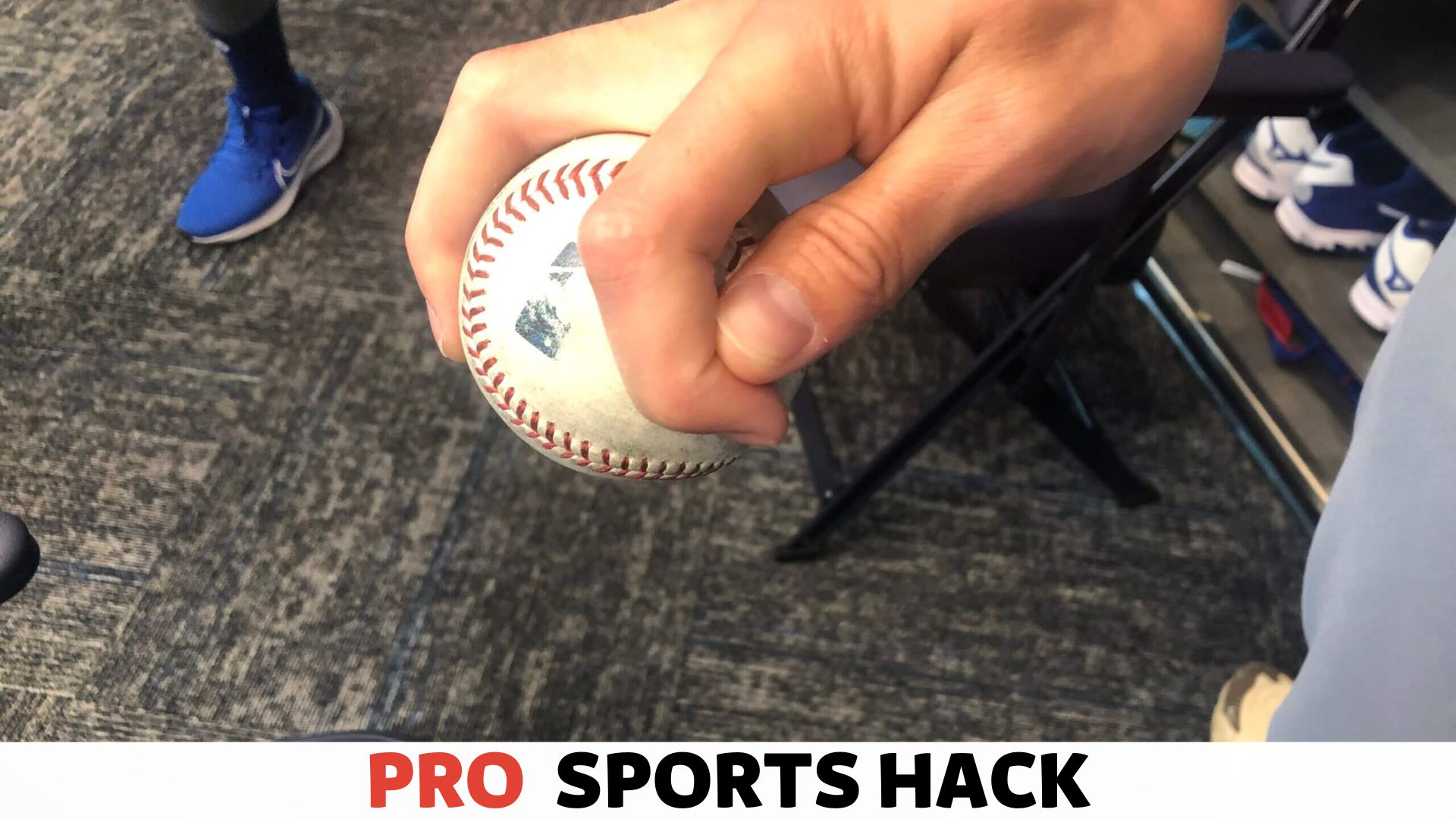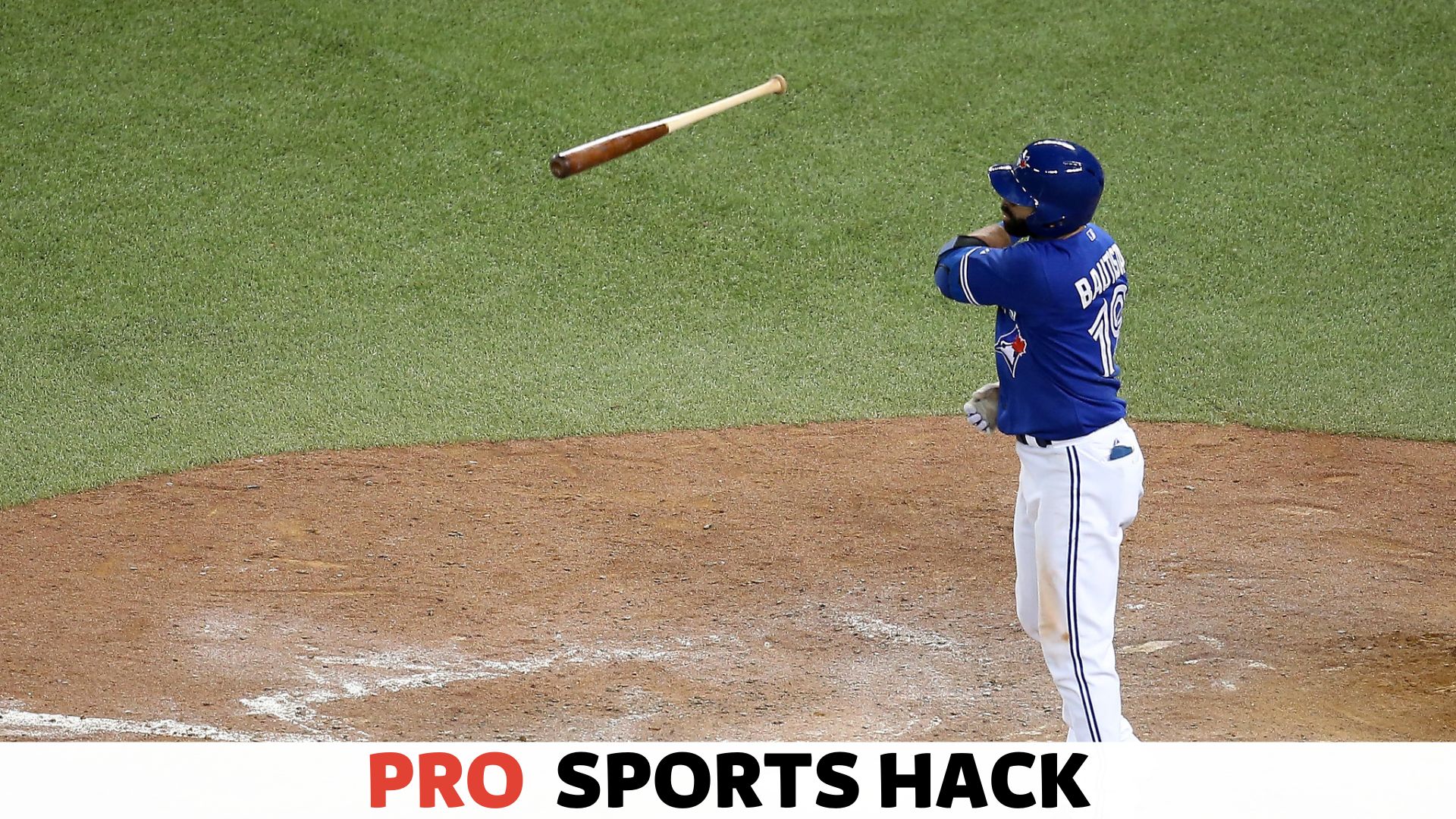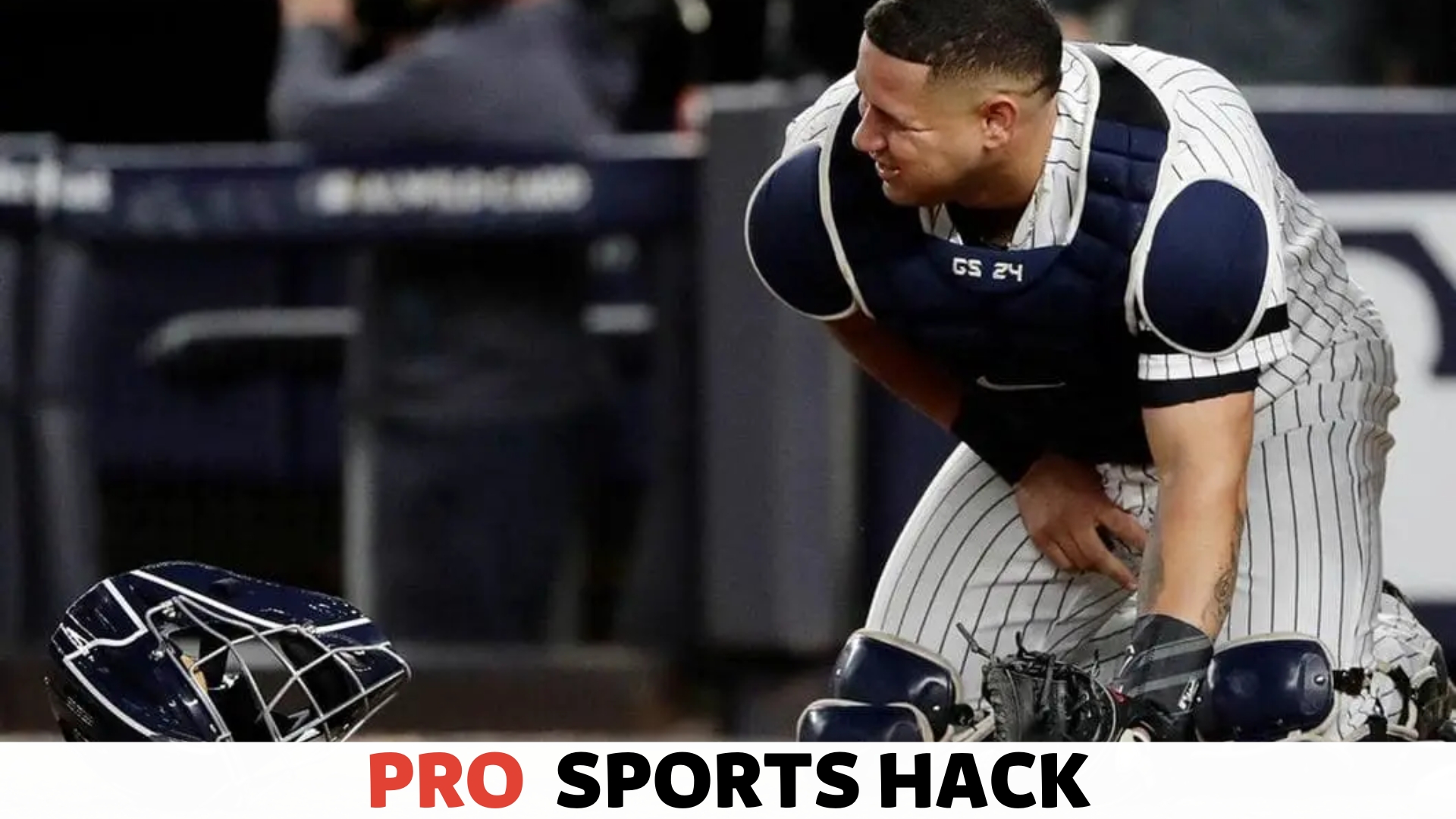
The average salary of a professional baseball player is high, with top players earning millions annually. Many factors, such as performance, experience, and team affiliation, influence a player’s salary.
Baseball players’ salaries reflect the high demand for their skills and the lucrative nature of the sport, making it an attractive career choice for talented athletes worldwide.
Professional baseball players can earn significant income on and off the field, from lucrative endorsement deals to performance bonuses.
The following paragraphs will explore the factors contributing to players’ salaries and provide examples of top earners in the industry.
Exploring the Average Salary
The average salary of a professional baseball player is a topic that sparks curiosity and fascination among fans and aspiring athletes alike.
Exploring the average salary allows us to gain insights into the financial rewards of excelling in this popular sport.
Mlb Salary Trends Over Time
MLB salary trends have experienced significant fluctuations over the years.
From the early days of baseball, where players earned modest incomes, to the era of skyrocketing salaries in recent decades, the financial landscape of the sport has evolved dynamically.
Today, professional baseball players’ salaries continue to rise, reflecting the growing commercialization, sponsorships, and media rights associated with Major League Baseball.
Factors Affecting Salary Fluctuations
Several factors contribute to the fluctuations in the average salary of professional baseball players. One crucial factor is the collective bargaining agreements between the MLB Players Association and the league.
These agreements outline the minimum salary, arbitration processes, revenue sharing, and other mechanisms that impact player compensation.
Moreover, market forces play a significant role in determining player salaries. Teams compete to attract and retain top talent, resulting in substantial salary offers.
Factors such as a player’s performance, position, experience, and market demand all influence the figures on their contracts.
Furthermore, endorsements and sponsorship deals significantly impact a player’s overall earnings.
Successful players often secure lucrative endorsement agreements with prominent brands, further boosting their financial standing.
Impact of Performance on Earnings
The performance of a professional baseball player undoubtedly affects their earnings.
For instance, high-performing players who consistently deliver outstanding performances, break records, and receive accolades often command higher salaries.
Their market value increases, and teams are willing to invest more in their talent.
On the other hand, players who experience a decline in performance may face salary reductions or difficulty securing contracts with desirable terms.
Baseball is a highly competitive sport, and players must maintain peak performance levels to secure their financial future.
Economic Disparities in Professional Baseball
When it comes to professional sports, baseball has long been regarded as America’s pastime, celebrated for its rich history and beloved by fans across the country.
However, stark economic disparities exist within the sport beneath the surface of grand stadiums and multimillion-dollar contracts.
From the discrepancies between minor and major leagues to gender and racial pay gaps, the world of professional baseball reflects the wider inequalities present in our society.
Discrepancies Between Minor and Major Leagues
One of the glaring economic disparities in professional baseball lies in the discrepancies between the minor and major leagues. While major league players enjoy lucrative contracts and substantial salaries, the same cannot be said for their minor league counterparts.
Many minor league players struggle to make ends meet, earning meager salaries that barely cover their living expenses.
According to the Professional Baseball Employment Census, the average salary of a minor league player is a mere $6,000 to $10,000 per year.
This significant income disparity between the two leagues highlights the vast difference in financial opportunities and security for players at different stages of their careers.
Gender and Racial Pay Gaps
Beyond the discrepancies between minor and major leagues, professional baseball also grapples with gender and racial pay gaps. While significant progress has been made in recent years to bridge these gaps, they persist within the industry.
Historically, women have been largely excluded from professional baseball, with limited opportunities to play at the highest level.
As a result, the pay disparity between male and female players remains stark. The average salary for a female professional baseball player is considerably lower than that of their male counterparts.
In addition to the gender pay gap, racial disparities also exist within professional baseball.
A study conducted by the University of Central Florida found that African-American players earn significantly less than their white counterparts, even when controlling for factors such as skill and performance.
This racial pay gap not only reflects income disparities within the sport but also sheds light on the broader systemic issues of racial inequality in our society.
While the economic disparities in professional baseball may be disheartening, continuing the conversation and working towards a more equitable future for all players is important.
Recognizing and addressing these discrepancies is crucial to ensuring equal opportunities, fair compensation, and a more inclusive and diverse sport.
Influence of Market Forces
Professional baseball players’ salaries are heavily influenced by various market forces that dictate the financial dynamics within the sport.
This provides a look at two key market forces that significantly impact the average salary of a professional baseball player.
Franchise Wealth and Spending Power
Franchise wealth and spending power play a pivotal role in determining the compensation of professional baseball players.
Major League Baseball (MLB) franchises with substantial financial resources can afford to offer higher salaries to secure top-tier players.
Large market teams often have an advantage over smaller market teams due to their financial capabilities, allowing them to aggressively pursue and compensate elite talent.
As a result, the average salary of professional baseball players is heavily skewed in favor of the teams with greater monetary resources.
Competitive Balance Tax and Salary Caps
Implementing a competitive balance tax (CBT) and salary caps serves to regulate spending among MLB franchises.
CBT functions as a progressive tax to deter excessive spending by high-revenue teams, while salary caps limit the total payroll a team can allocate to players.
These financial constraints directly impact professional baseball players’ salaries, as they are subjected to the boundaries set by the league.
It shapes the distribution of financial resources within the sport and influences the average compensation for players across different teams.
Contractual Aspects and Player Earnings
When it comes to professional baseball players, their earnings go far beyond just their base salary. Contracts play a significant role in determining how much a player can earn throughout their career.
In this section, we’ll explore the various contractual aspects and player earnings in professional baseball.
Endorsements
Endorsements are a major source of income for many professional baseball players. These lucrative deals allow players to represent and promote various brands and products.
From sports equipment to apparel, player endorsements can bring substantial additional earnings.
The endorsements provide financial benefits and contribute to a player’s overall popularity and brand image, making them even more appealing to advertisers.
Bonuses and Incentives
In addition to their base salary, professional baseball players can earn significant bonuses and incentives based on their performance.
These incentives can range from hitting milestones like batting averages or home run totals to making it to the playoffs or winning awards such as the Most Valuable Player (MVP) or Cy Young Award.
These additional earnings motivate players to excel in their performance, pushing them to achieve even greater heights on the field.
Long-term Versus Short-term Contracts
One of the key considerations when signing a contract in professional baseball is the duration of the agreement. Players can opt for long-term contracts that span several years or shorter-term contracts that provide flexibility.
Long-term contracts usually have higher guaranteed salaries and provide players with stability and security.
On the other hand, short-term contracts may offer more freedom and the opportunity to negotiate for higher salaries in the future.
The decision between long-term and short-term contracts depends on players’ preferences and confidence in their ability to perform consistently.
Overall, regarding the contractual aspects and player earnings in professional baseball, it’s clear that a player’s income extends beyond their base salary.
Endorsements, bonuses, and incentives determine a player’s total earnings. Additionally, choosing between long-term and short-term contracts can substantially affect a player’s financial situation.
By considering these factors, baseball players can maximize their earnings and secure their financial future.
Conclusion
The average salary of a professional baseball player is influenced by various factors such as performance, experience, and market demand.
As one of the highest-paying sports, baseball offers lucrative opportunities for talented athletes. By understanding the industry dynamics, players can strategically negotiate their contracts and maximize their earnings.




![Cat in the Chrysalis Spoiler: All You Need To Know [Updated] Cat in the Chrysalis Spoiler](https://prosportshack.com/wp-content/uploads/2024/02/Cat-in-the-Chrysalis-Spoiler-100x75.jpg)














